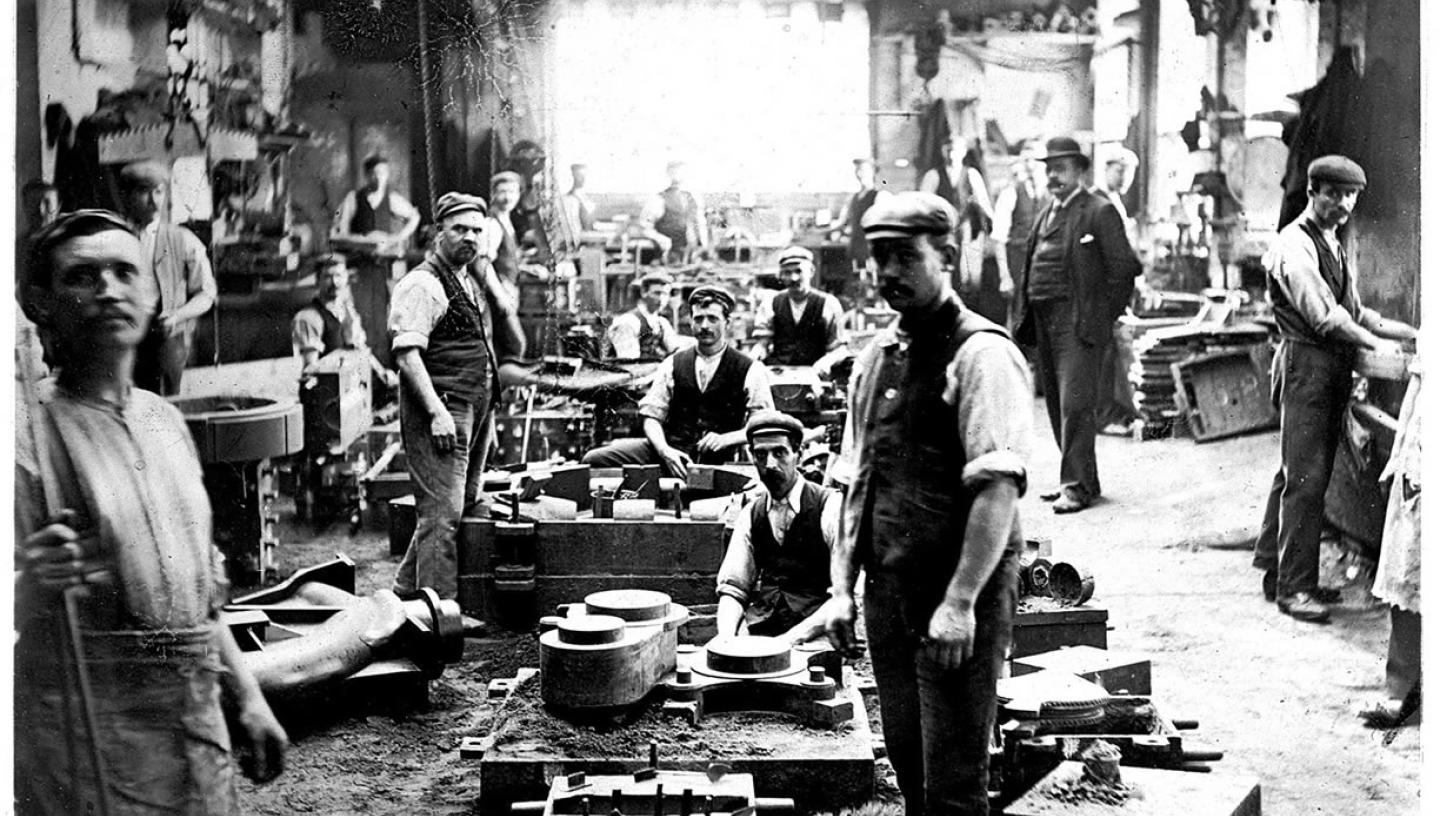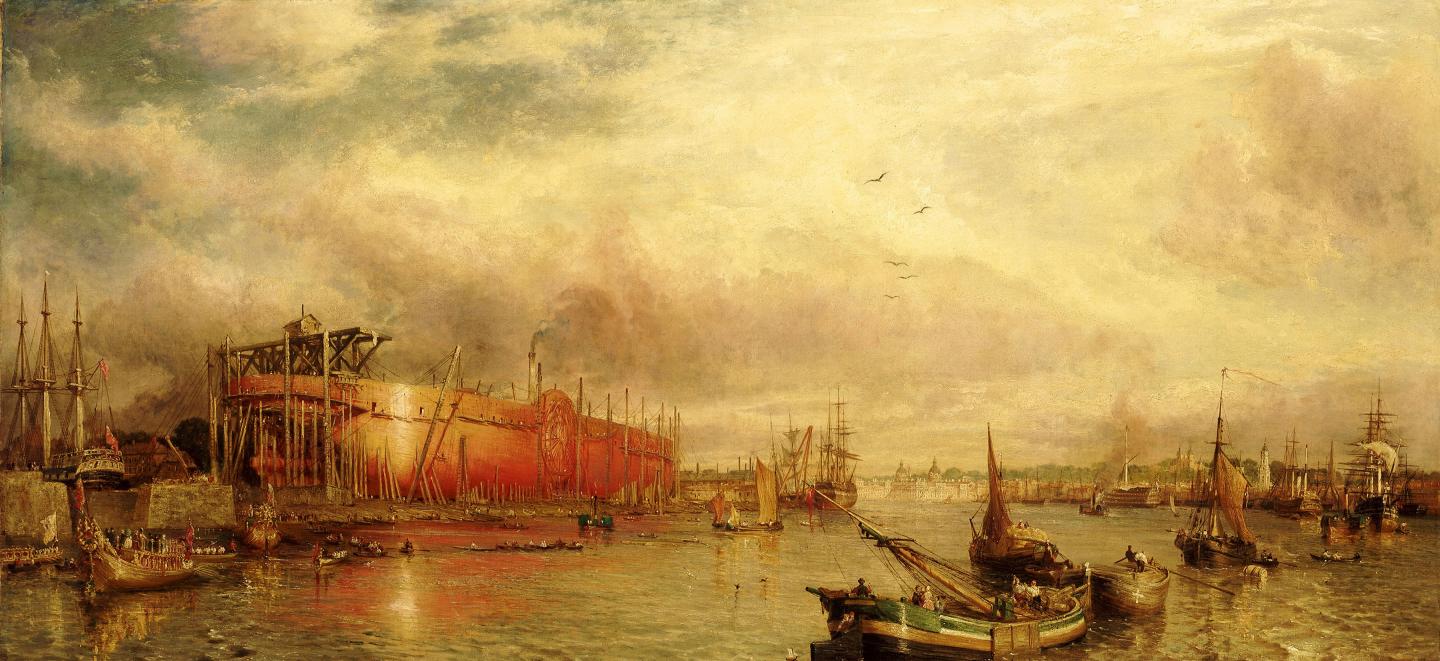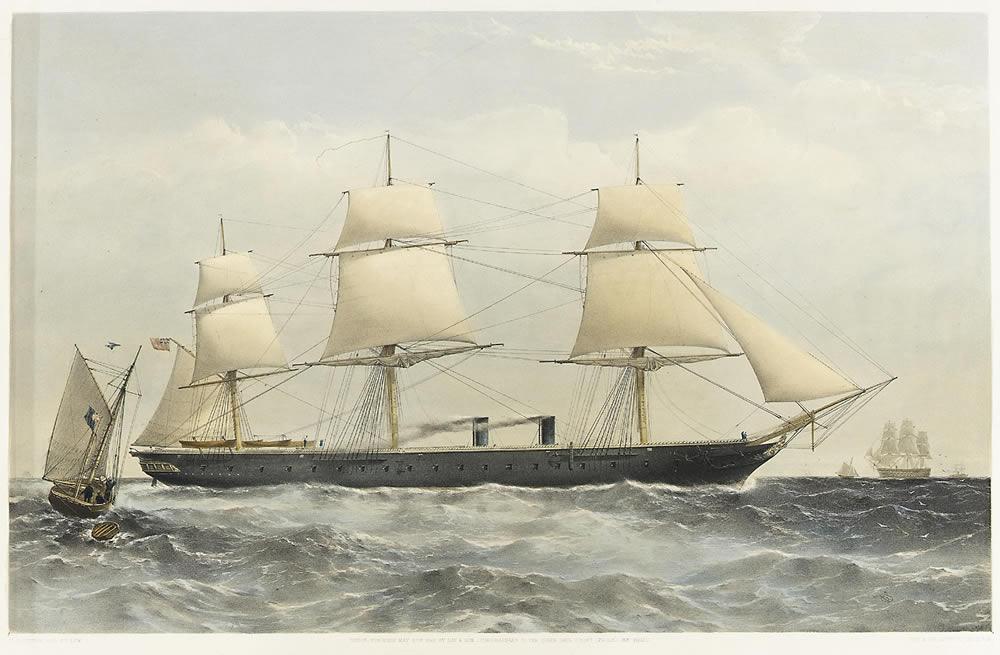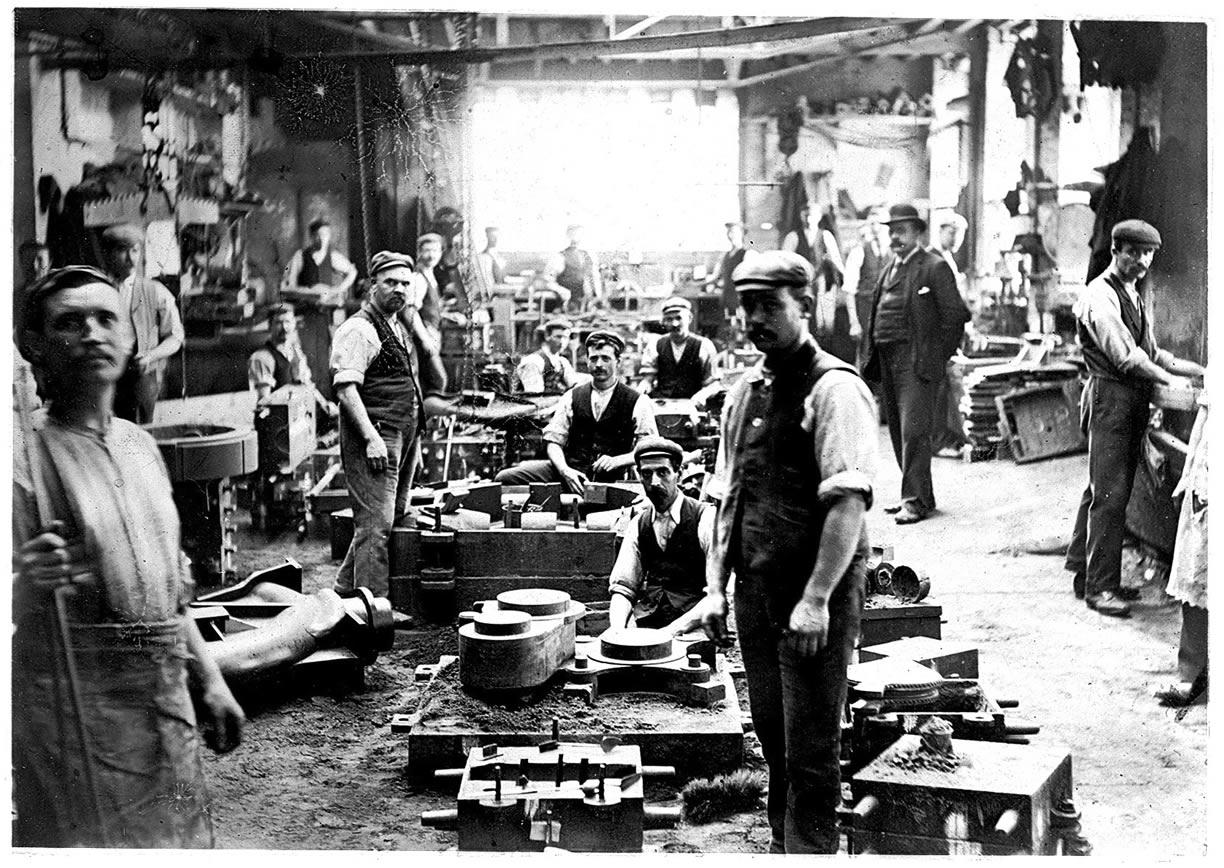
Essential Information
| Location |
National Maritime Museum
|
|---|---|
01 Jul 2016
Curator Andrew Choong explores the glory days and decline of Thames shipbuilding and invites you to discover more in our foreshore walks.
The Great Eastern
Brunel’s Great Eastern is perhaps the most famous ship to have been built in London, understandably so as she remains to this day the largest and heaviest one to have ever been launched on the Thames. The sheer scale of the project and the advanced technology employed represented a triumph of contemporary engineering, despite the problems that dogged the ship’s construction. The Great Eastern was a potent advertisement for London’s capabilities as a centre of shipbuilding, as well as being an important milestone in the larger story of Thames shipbuilders.

The 'Great Eastern' under construction (BHC3384)
Innovative merchant ships
Some 20 years before the Great Eastern’s keel was laid London had already established a reputation for the production of innovative merchant ships. The most notable from the early 1830s had been the famous ‘Blackwall Frigates’ built by Wigram and Green, and by the 1840s John Scott Russell’s pioneering work was leading to the design of even more efficient hulls. London firms had also been among the first to embrace the new technology of steam engines and significant advances were made in this field by Penn and Maudslay, the latter also leading the way by being the first Thames-based company to construct an iron-hulled steamer.
The Royal Dockyards and the Royal Navy
In addition to merchant ships, London had long served the needs of the Royal Navy. There were well-established Royal Dockyards at Deptford and Woolwich, and private yards such as Barnard’s were capable of building the largest wooden-hulled warships. The Admiralty took a cautious interest in new marine technologies and in the late 1840s placed an order for an iron-hulled steam frigate, HMS Vulcan, with Ditchburn and Mare. The mid-1850s saw large orders placed for steam-driven gunboats for service in the Crimean War, and particularly for Maudslay and Penn engines to provide their motive power.
However, the most important development – and in technological terms one that could be regarded as the military equivalent of Great Eastern - was the Admiralty’s decision to order the revolutionary broadside ironclad HMS Warrior from the new firm of Thames Iron Works. The successful completion of this very satisfactory ship underlined London’s reputation and led to further orders for similar vessels.

HMS Warrior as completed (PY9277)
The decline of Thames shipbuilding
Despite these spectacular initial successes, steady advances in technology and the rapid development of newer shipyards in Scotland and northern England meant that the writing was soon on the wall for the Thames shipbuilding industries. Matters were not helped by the effects of 'shady finance' and most particularly the Overend Gurney financial scandal of the late 1860s, which led to the closure of a number of the smaller London yards. Orders for merchant ships began to decline sharply and by the end of the 1860s the remaining Thames shipbuilders were compelled to rely on orders for British and foreign naval vessels to remain solvent, their mercantile construction being limited to barges, tugs and small craft.

One of the machine shops on the premises of Thames Iron Works, circa 1880 (D1751)
Unlike their competitors elsewhere in the country, the London-based builders lacked sufficient room to physically expand their yards in order to build larger and more complex ships. Some were able to withdraw their London operations to new premises elsewhere, but most were forced out of business. By the mid-1890s the only surviving major firm was Thames Iron Works. Against mounting odds this company hung on into the 20th Century, their final ‘hurrah’ before closure in 1912 being the construction of the 26,000 ton battleship HMS Thunderer.
Andrew Choong, Curator, Historic Photographs and Ship Plans